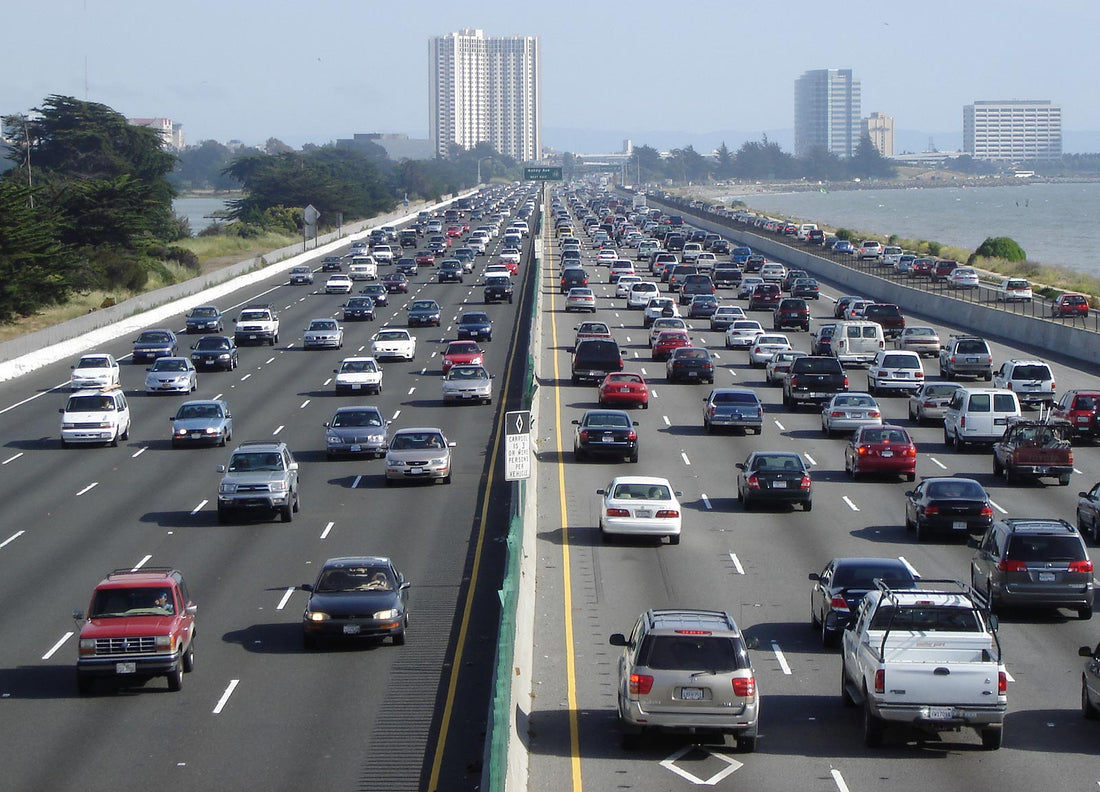If we take the examples above and assume a 5% savings, what impact would that have on your fleet? We pulled some data on average gallons of gas used by various types of vehicles from the US Department of Energy website. To illustrate how this might impact a fleet, we analyzed police vehicles from the chart. A police cruiser uses an average of 1,423 gallons a year @ $2.50 per gallon. That would equate to $3,557.50 in fuel costs per year. As mentioned above, according to Department of Energy, ceramic window film can save 5% which is $177.87 per year savings on each cruiser. Assuming an installation cost of $350.00 for a large fleet, the payback on installing these films will be under 2 years. So, the film literally pays for itself while keeping the occupants of the fleet vehicles more comfortable the entire time as well. If you would like more information on how ceramic window films can reduce fuel costs in your fleet, please feel free to contact us by calling 800-234-6133. We would be happy to answer any questions and provide you the contact information for a local Geoshield installer in your area. You can visit our dealer locator by clicking HERE to find a Geoshield Window Film Authorized Installer in your area.

Reduce Fuel Costs in Fleet Vehicles with Ceramic Window Tint
Do you manage a fleet of vehicles and would like to reduce fuel costs to keep that fleet moving? If so, this article is for you. Not only can you reduce fuel costs, you can improve the comfort for the occupants of your fleet vehicles as well. This can be accomplished via the installation of ceramic window films. The State of California already mandates the use of IR reflecting glass in all cars and medium-duty vehicles weighing up to 10,000 pounds. This action mandates auto manufacturers improve fuel efficiency and reduce greenhouse emissions by using infrared (IR) reflective glass in all vehicles sold in California. An article on the topic in Glass Magazine had this to say regarding potential fuel savings. "According to the U.S. Department of Energy, some 230 million vehicles in the U.S. consume 7 billion gallons of gas annually to power air conditioning. By reflecting the sun’s heat and maintaining a cooler cabin temperature, IR reflective glass reduces AC power consumption up to 20 percent and increases miles-per-gallon by up to 5 percent while lowering emissions." While this mandate refers to glass in new automobiles, you can also reduce fuel costs in the same way by installing ceramic window film on your vehicles. While conventional dyed window tint will not achieve the heat rejection needed to see these savings and metalized window films can cause electromagnetic interference and disrupt signals, ceramic window film is a perfect fit.
